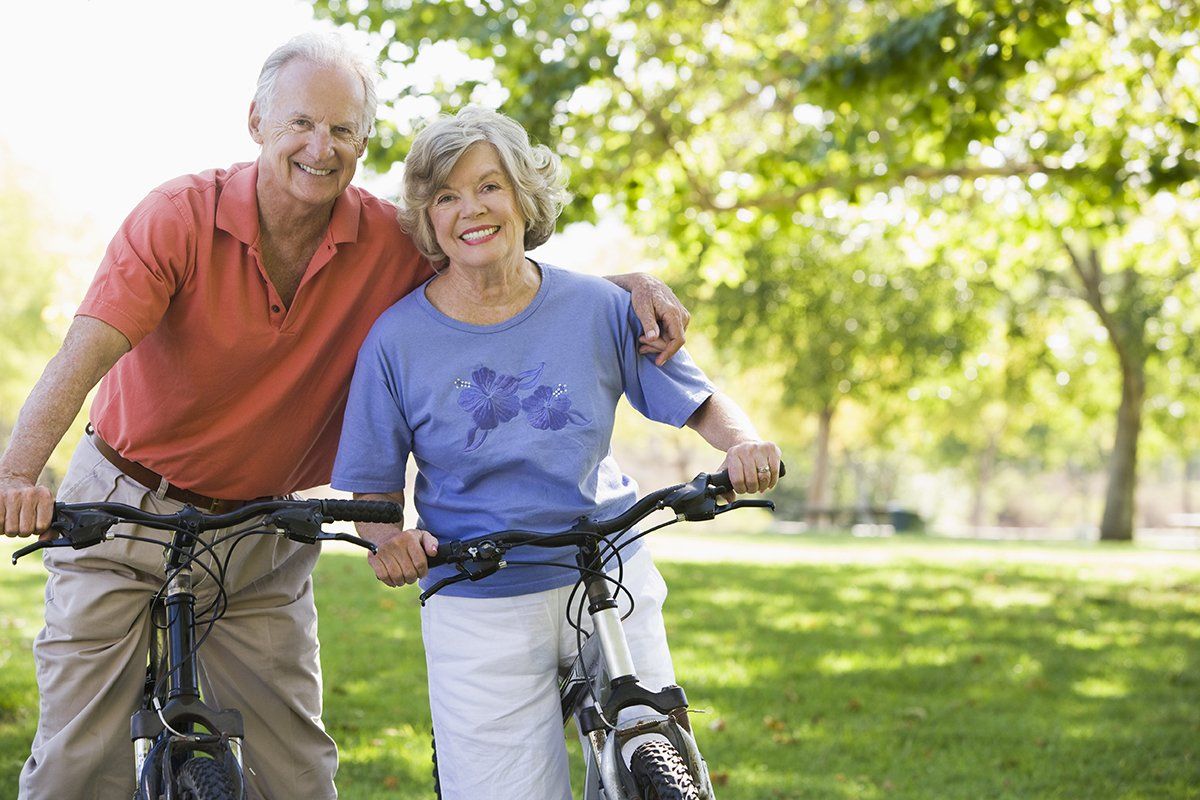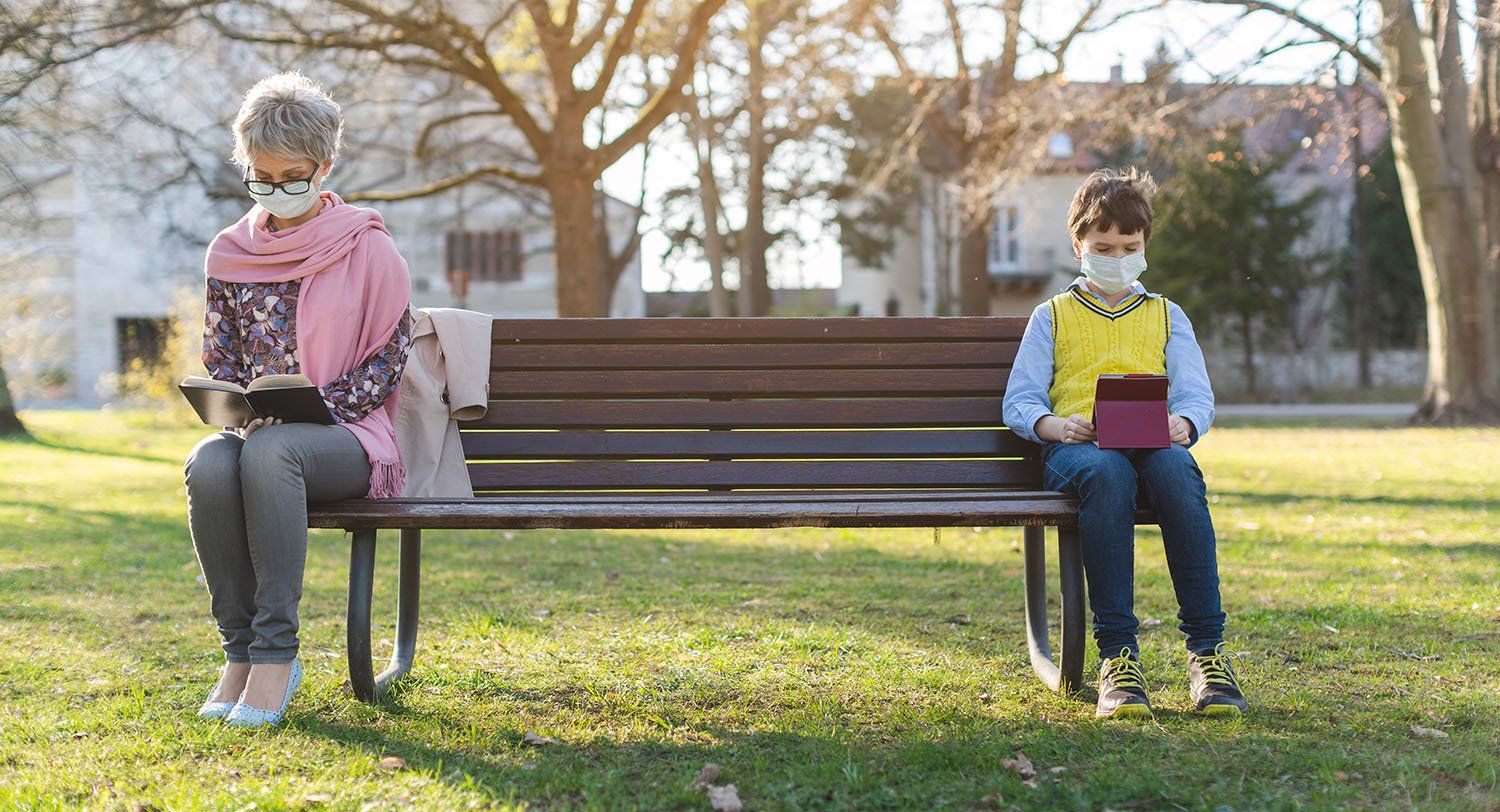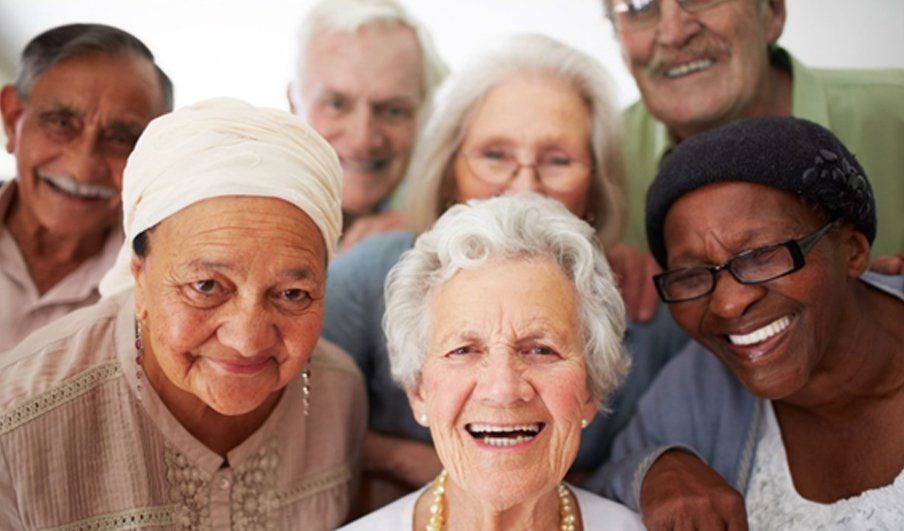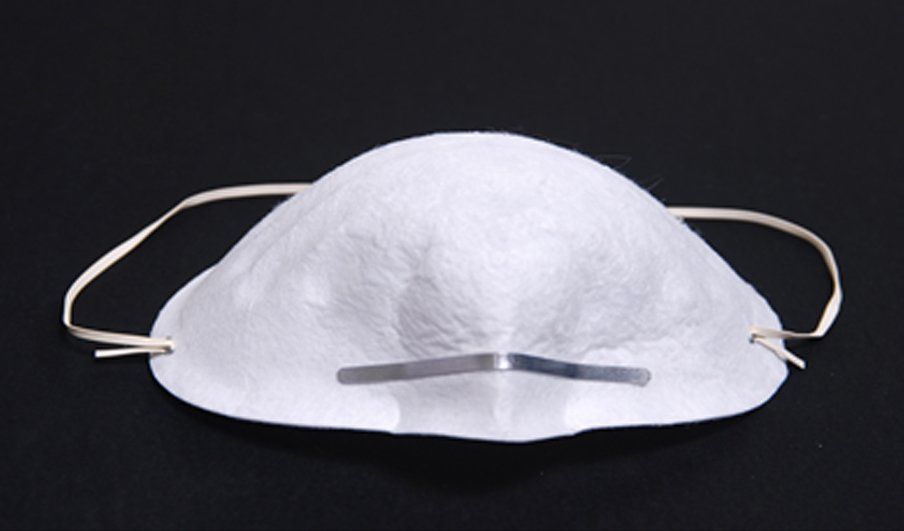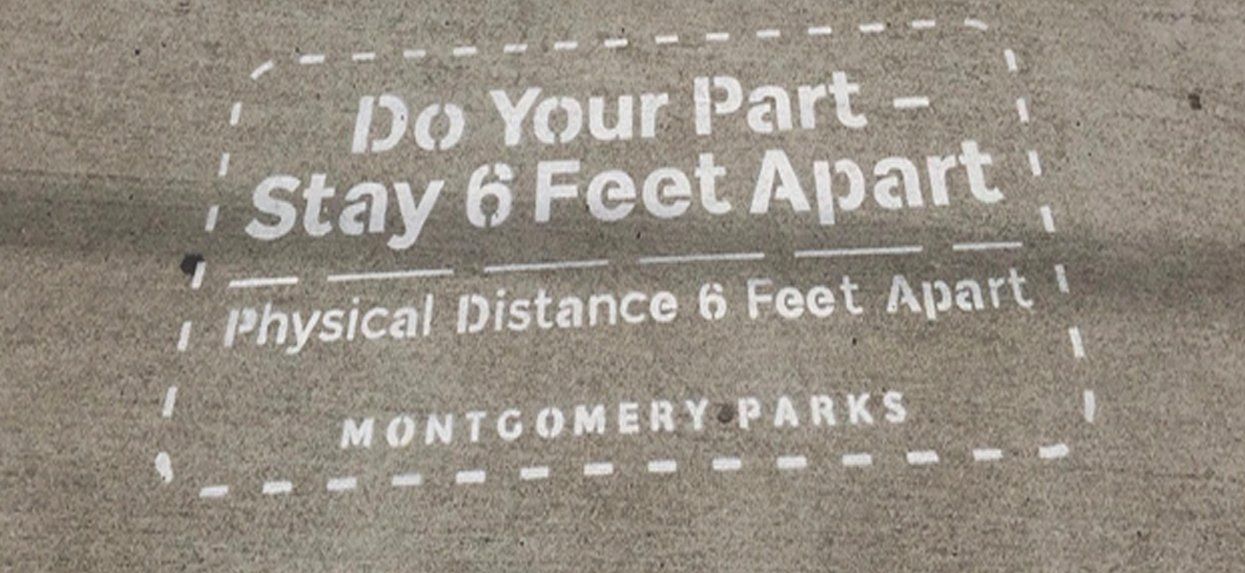The Importance of Social Connections in Preventing Elder Abuse: Critical Steps to Take Now
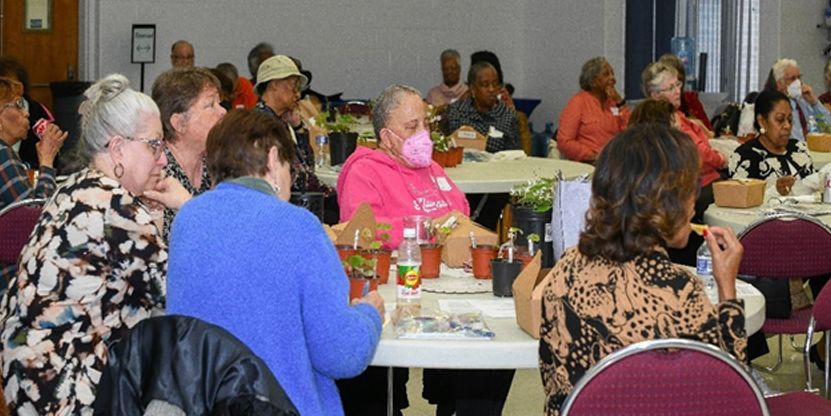
The Prince George’s Public Schools Retirees Association (PGPSRA) invited the Juanita C. Grant Foundation to give a presentation on “elder abuse and fraud prevention” at their March 27th meeting. What struck me immediately after receiving the invitation is that the PGPSRA, founded in 1964, had given their talents and wisdom to the community to develop productive residents of today. Many of the former educators had met monthly for years through PGPSRA forming friendships and warm bonds that were clear in their exchanges. This is a classic example of the critical importance of social connections as we age.
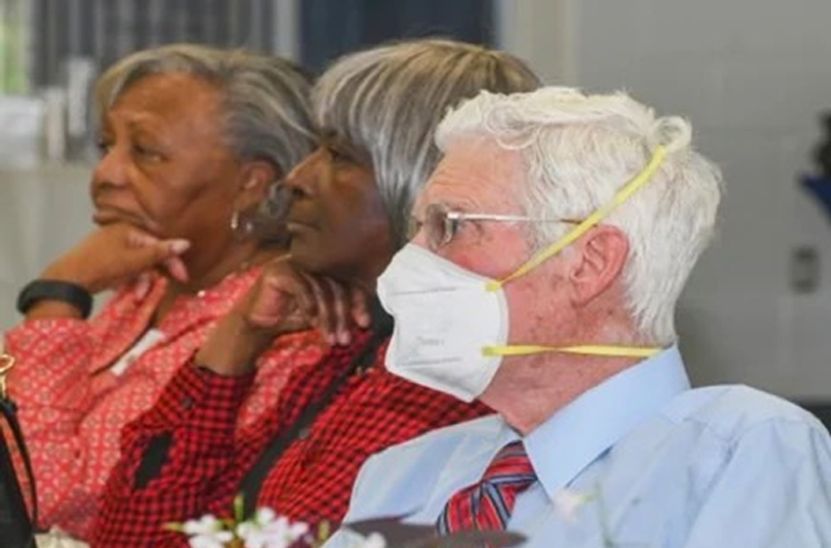
The strength we find in social connections is one of the first line of defense in eradicating elder abuse. According to the National Center for Elder Abuse, the prevalence of elder abuse increases to 1 out of 3 with a cognitive impairment. 1 in 10 older adults experience abuse. Adults who have experienced abuse face a threefold increase in the risk of death. Combined those stats with the Center of Disease state that social isolation results in 29% increase in morbidity, mental health issues, and chronic conditions. The shame or embarrassment associated with scams often results in the concealment of mental and physical trauma.
Often, if the fraud occurs by a trusted family member or caregiver, the fraud goes unreported nor discussed. That is why is important to keep in touch with your circle of friends and family. Take steps to mend broken bonds that once provided a sense of support and refuge. These connections allow us to ask for help when we need it. To speak with a friend that can help you recognize the red flags of a “pressure” or “scare tactic” scam. Take concrete steps by not answering unidentified calls and allowing it to roll over to voice mail. Being home alone leaves of susceptible to answering the door, exposing us to the “grifters” sales pitch to fix the roof.
Stay engaged in the community. Stretch your comfort zone by making new friends who are younger and older. Mix up your routine to stay mentally sharp. Reach out when you need to share or ask for advice. Be prepared. Remain safe.
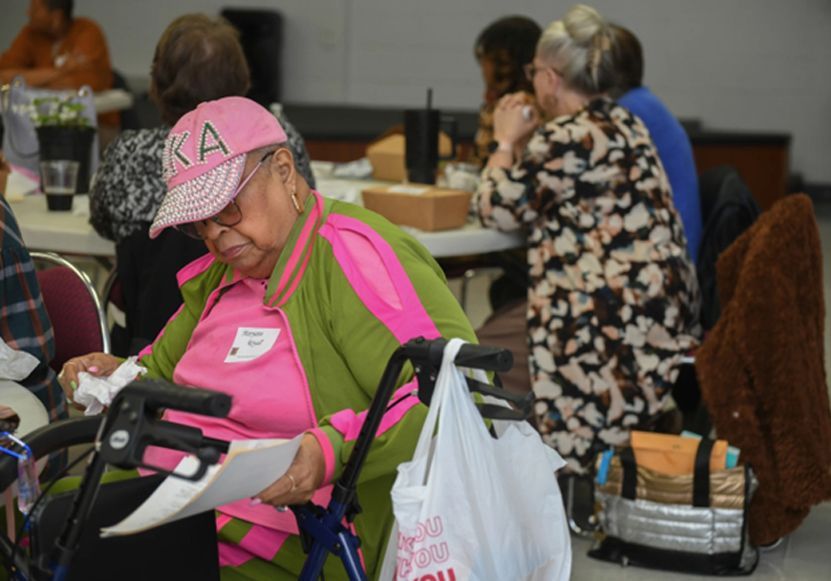
Orlene Grant, RN, BSN, MSN
Founder, President and CEO
Must Read Newsletter
Sign up for news and events
Newsletter
Most Popular
